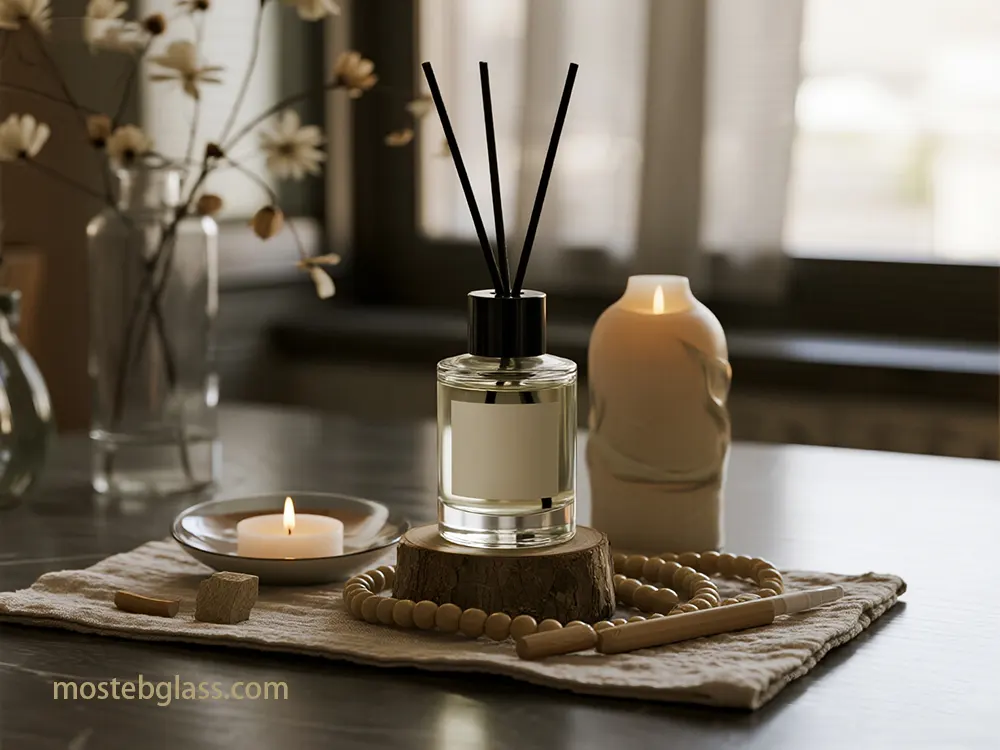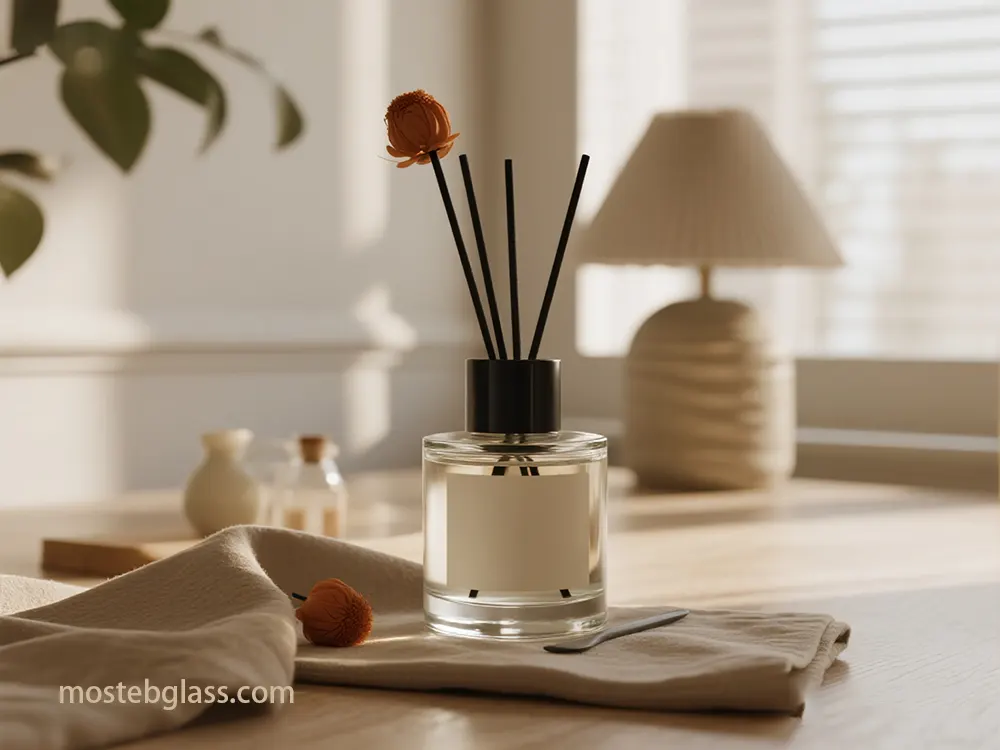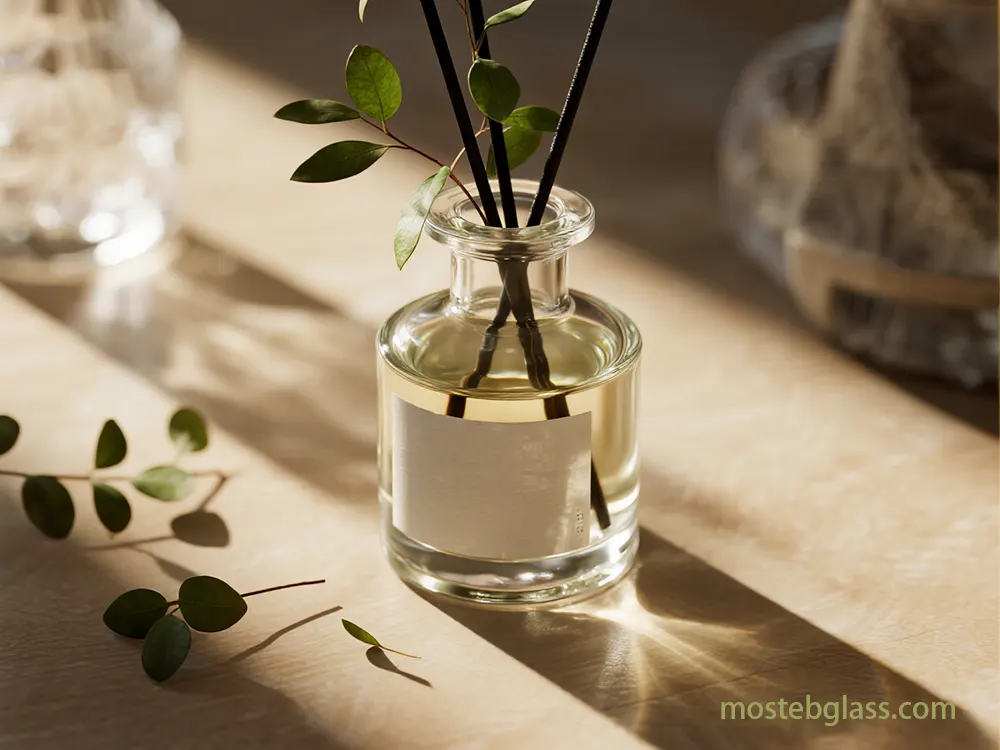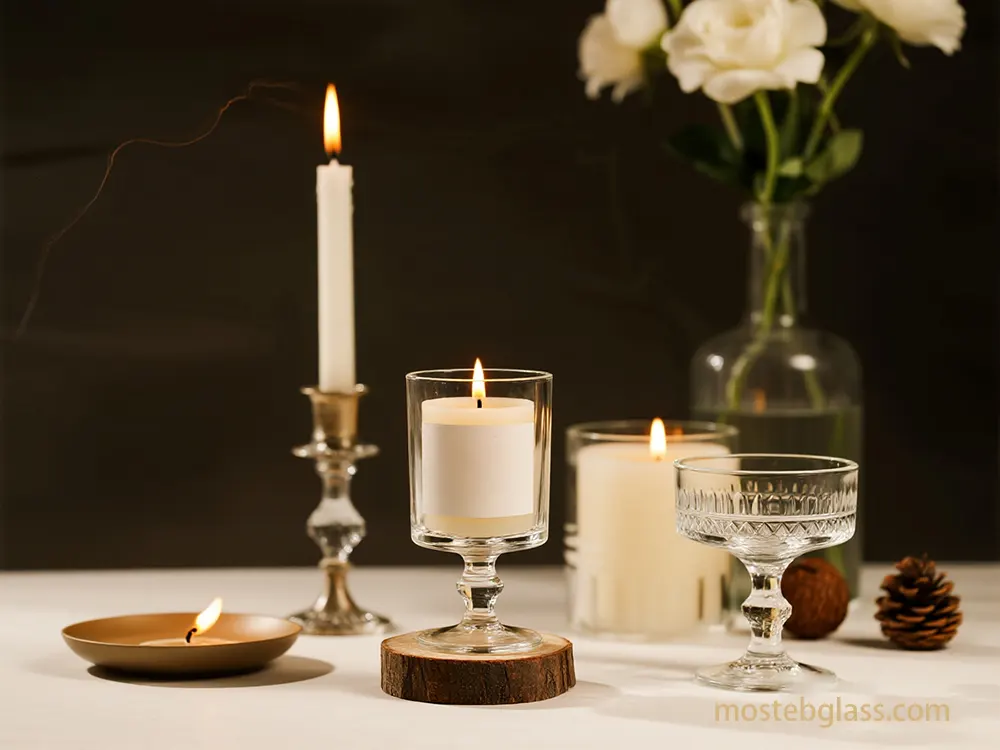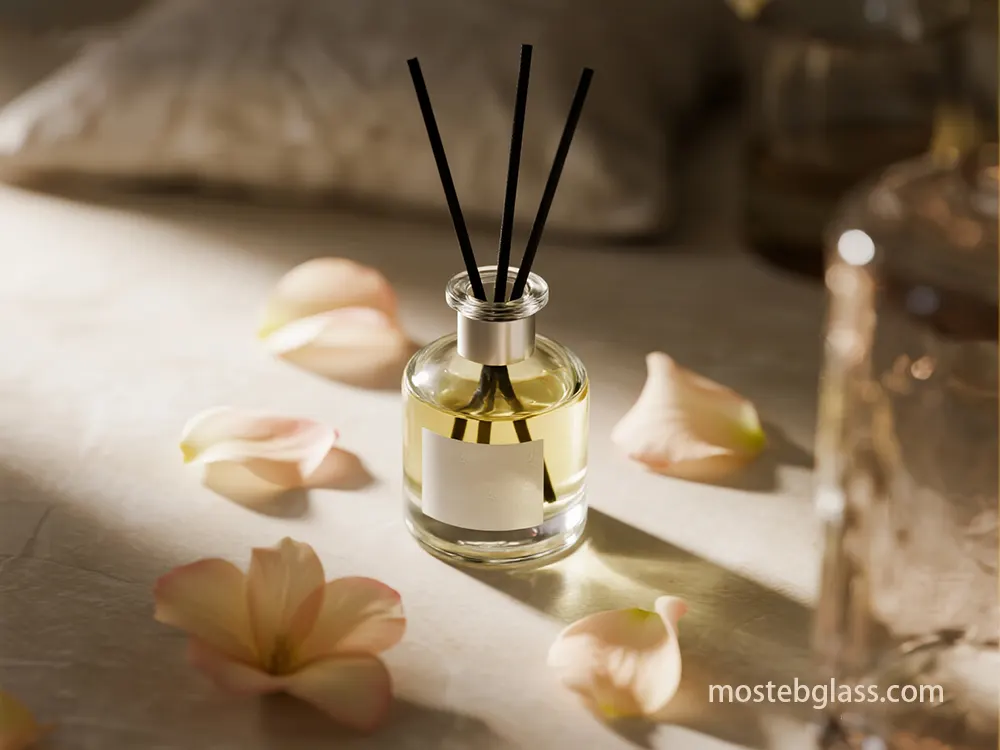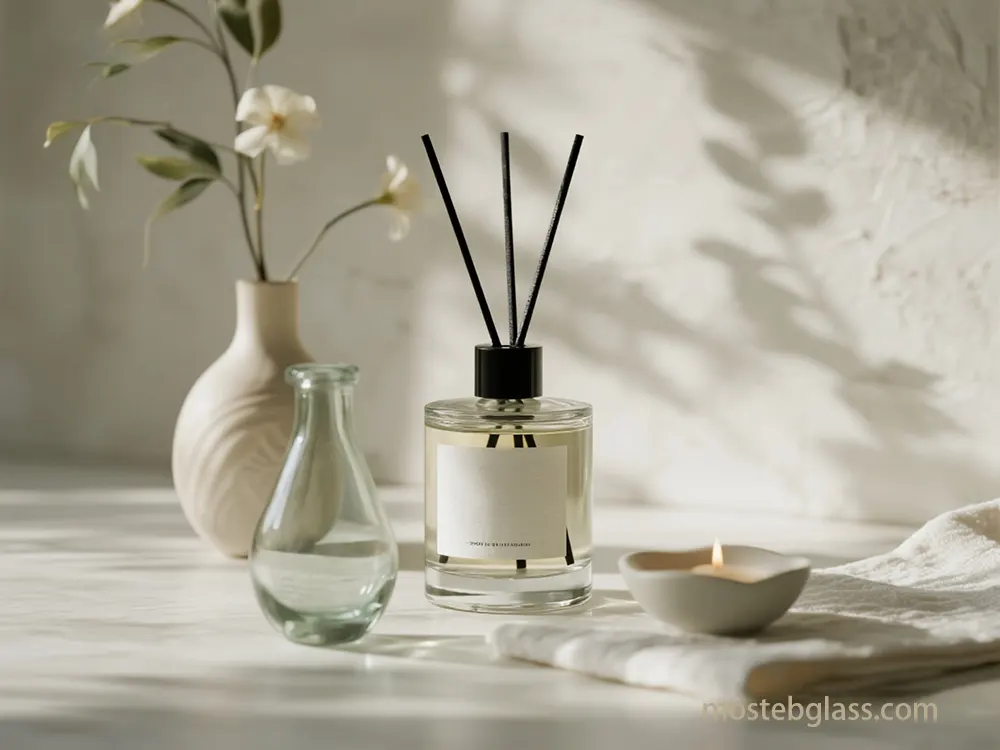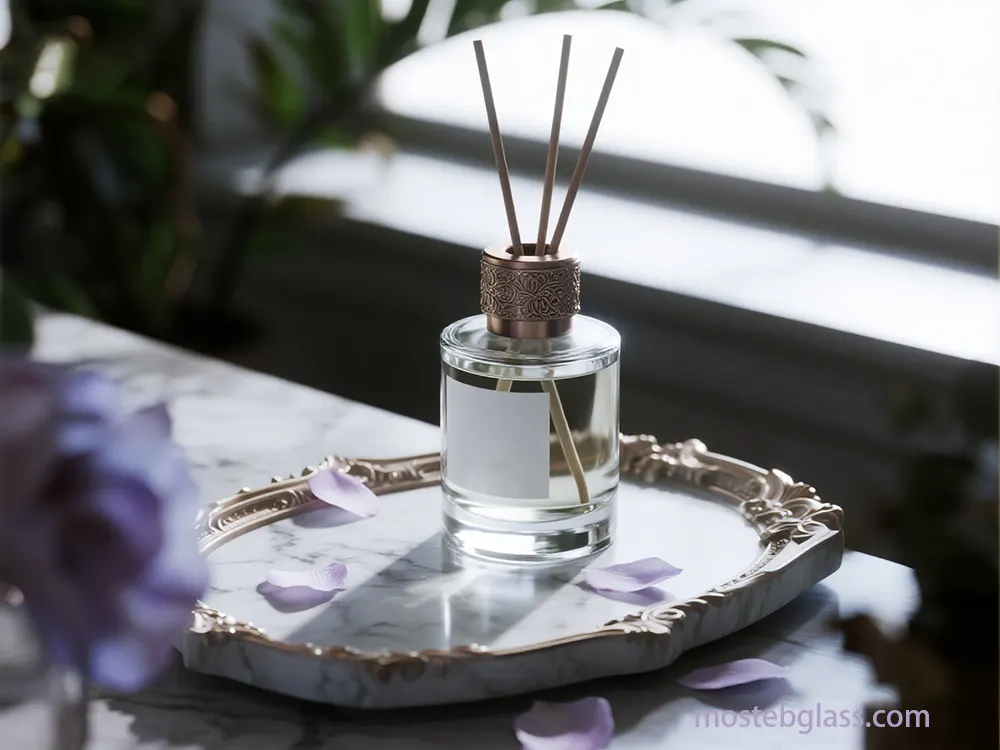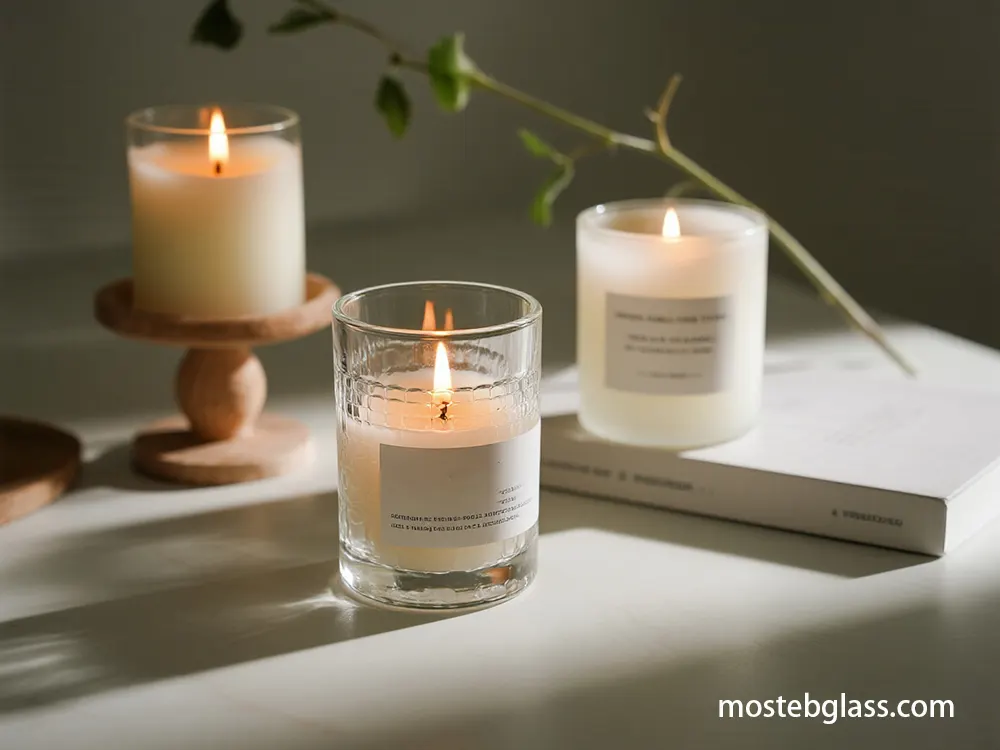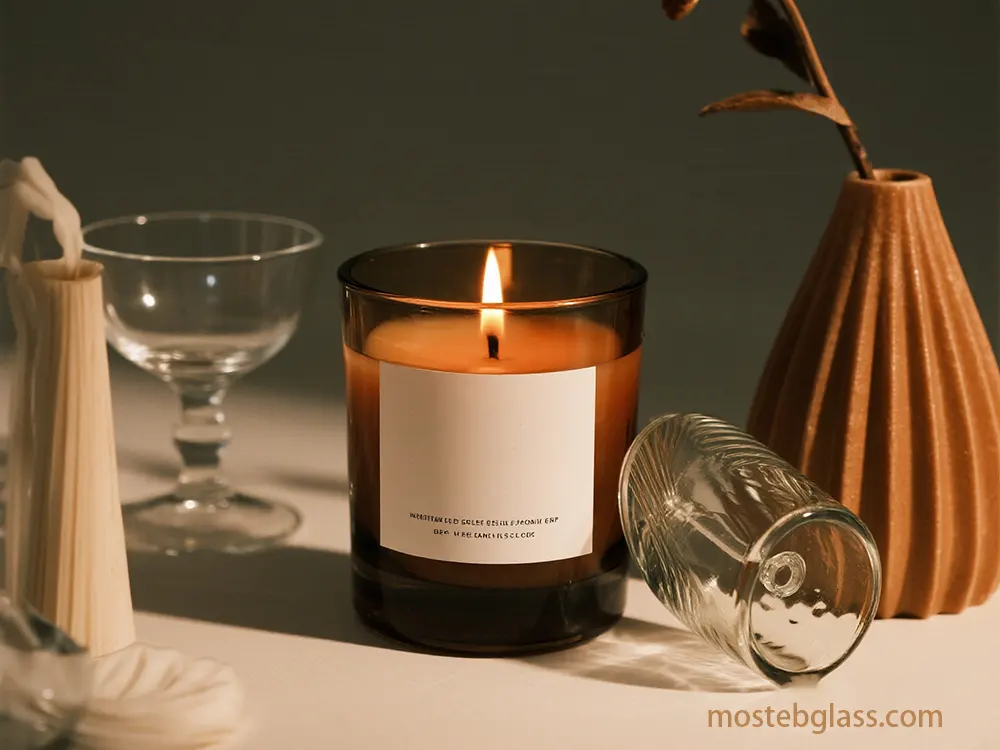2.1. Primary cost categories
Hybrid furnaces provide a combination of electrical energy with traditional fuel and a practical decarbonation steps with 80% renewable electricity. Hybrid design, scope 1, 2, and 3 gained 64% decrease in carbon emissions, saving 35,000 tonnes of carbon in its first year, renovated up to 70% recyclass.
Fuel switching:
Fossil fuel is important with cleaner option. Hydrogen with renewable or carbon-free power is promising. Oxy-fuel combustion, linde’s Optiflow 2 ™ using systems such as VPSA, increases bridge rates, expands furnace campaigns, and reduces NOX emissions, potentially reduces fuel consumption and carbon emissions by 30%.
Waste Summer Recovery:
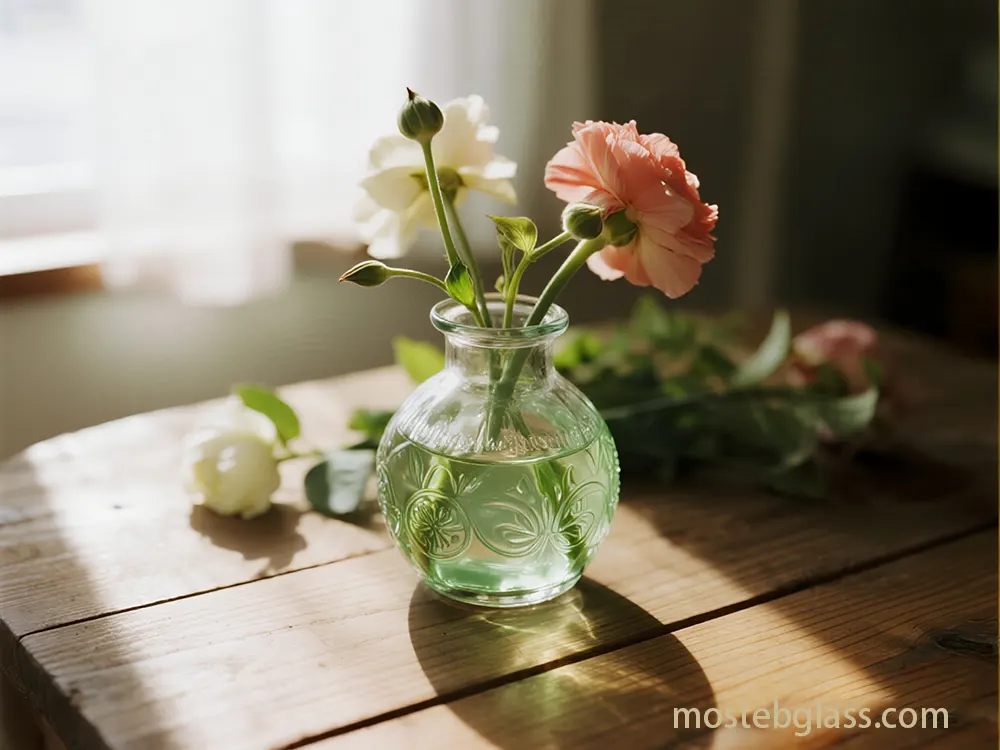
Technologies such as the Optimult ™ system of Linde significantly reduce energy consumption and CO2 emissions.
4.2. Novel low-carbon glass compositions and recycled materials
Material science innovation leads to more durable, low-energy glass compositions:
Lyglass:
Pen state researchers developed Lynglass, which requires much lower energy (300–400 ° C lower melting, ~ 30% energy deficiency) and more damage resistance than standard soda-leam silicate glass.
ESG Eco Glass:
ESG Glass launched ESG Eco Glass, a low carbon glass, which reduced more than 30% of embodied carbon.
4.3. Digital twins for process adaptation and digitalization tools
Digitalization changes manufacturing, provides unprecedented stability optimization opportunities:
Digital twins and AI:
AI-anhansed digital twins are indispensable for manufacturers seeking stability and better performance. PLC with AI enables real -time production data analysis for children, and digital twins, customized energy and real -time production data analysis for automated adjustments.
Quantitative benefits:
Manufacturers achieved average ROI in two years to optimize energy to smart sensors, AI analytics, and digital twins in less than two years to expand the equipment, and expand the equipment. Minor to minimize co2 (-25%). Siemens obtained 40% energy and carbon savings by simulating processes.
Simulation and adaptation:
Ansys’ simulation software assisted glass companies in virtual commissioning, troubleshooting, future stating maintenance, and production of production.
Digital twins are important for imitating/optimization of circular production by identifying and optimizing material flow.
- Design adjustment is required for affecting production lines, hardness and stability. Beyond digital twins, blockchain provides irreversible transactions records, ensure accountability and increase supply chain transparency.
- narrow neck press and blow processes ensure similar wall distribution. Ekovai of the weightropack cuts the weight of about one third; Ikova of Veralia reduced the weight of a bottle of liquor from 90 to 65 grams. Consumer priorities are moving rapidly towards durable, environmentally friendly home decoration, which deeply affects the glass flower vase market. This trend is inspired by the desire of enhancing environmental consciousness and morally aligned products.
- 5.1. Market growth and desire to pay Global Sustainable Home Decor Market is experiencing a strong growth, it is estimated to reach $ 556.3 billion by 2028, a comprehensive home decor market (as a USD 960.14 billion in 2024, is expected to reach USD 1,622.90 billion by 2030) Is prepared to do.
- 5.2. Material priorities and circular Consumers prioritize products made of rapid sustainable materials. For glass vases, it translates the strong demand of the recycled glass items. The unique beauty of recycled glass is a desirable feature, especially in the artisan segment. The new continuous products, the second hand and the revived homeware market saw an increase in 20% YOY sales, indicate increasing interest in the circular economy model.
5.3. Regional demand and consumer consciousness
With regional variations, the demand for permanent home decoration is global. Asia-Pacific, especially China and India, sees rapid growth, prioritizing stability by a growing middle class.
- 5.4. Effect of e-commerce and social media E-commerce accessibility and flexible payment options enable consumers to invest more easily in permanent options. Social media further enhances this trend and encourages redistribution and shows sustainable living aesthetics, which stimulates market growth for environmentally friendly products.
- 5.5. Transparency and certificate Consumers rapidly demand brand accountability and transparency, expecting stability and prioritization of social responsibility. Highlighting stability certificates can significantly attract environment-conscious buyers. Mosteb can take advantage of transparent labeling and digital platforms to convey recycled materials and moral sources, building trusts and brand loyalty.
6. Regulatory structure and economic driver for green manufacturing
Global rules and economic forces rapidly force the glass manufacturing industry, including vase production, greenery practices. These external pressure challenges and create important opportunities for innovation and competitive advantage.
- 6.1. European Union Green Deal and Allied Regulations The Green Deal of the European Union, 2050 climate neutrality of Europe, affects all areas, including glass manufacturing.The major mechanisms include:
- Carbon Border Adjustment Mechanism (CBAM): CBAM imposes a carbon tax on imports from countries with less tight climate policies, directly affecting glass importers of the European Union.
- Amended EU Emission Trading System (ETS): ETS forces glass manufacturers to reduce or to face punishment, encourage investment in energy-efficient technologies to reduce or face punishment.
- This robust framework permits Mosteb to optimistically choose out partners assembly stringent sustainability and first-rate requirements, contributing to a resilient and responsible deliver chain. European Union’s waste framework instructions set ambitious recycling target.EPR schemes attribute glass producers to product end-off-life management, making manufacturers driving more recycled products.
- Energy Efficiency Requirements: European Union Green Deal promotes energy efficiency, pressurizes glass construction to adopt bat and improve energy management.
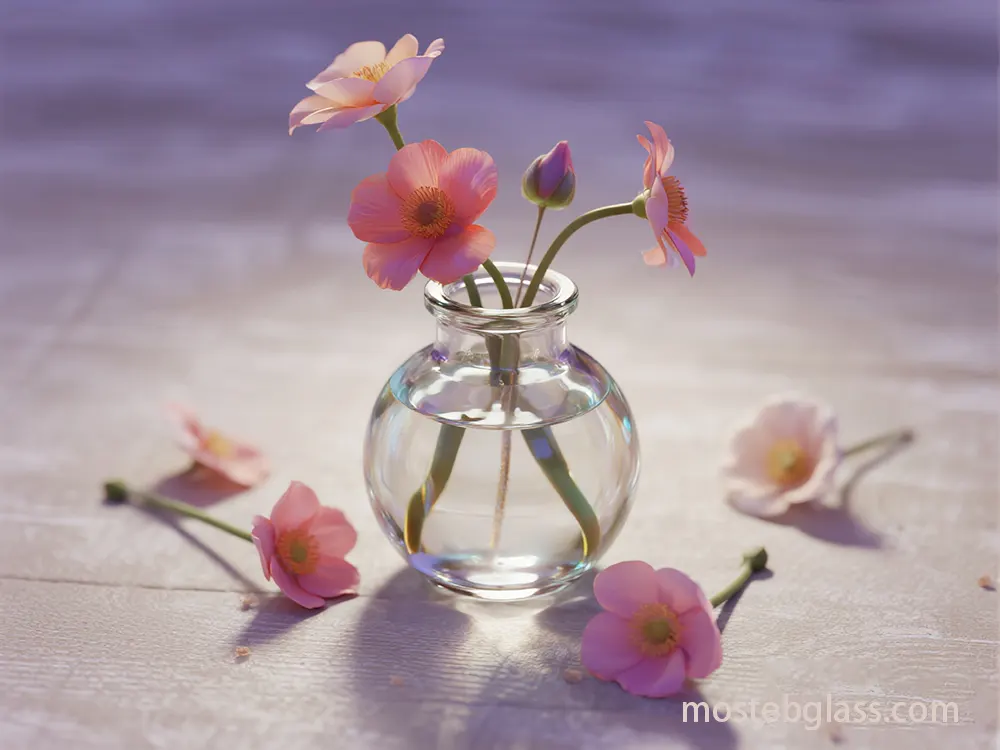
Circular Economy Action Plan:
This plan encourages circular in product design/manufacturing, urge glass manufacturers to urge to design vases for durability, repair and recycling.Specific recycled material goals for glass containers require enhanced Cullet us.
These rules, running innovation, also apply significant compliance costs on glass manufacturers.High energy costs, increased by geo -political factors, pose an existential threat to the European glass industry, emphasizing energy infection.
6.2. Government incentive and funding system
Governments worldwide support green manufacturing through various financial incentives:
United States:
U.S. for Clean Manufacturing Tech Projects DOE allocated over $ 6 billion, which covers half the costs. Industrial performance program will select projects. And an advanced manufacturing production credit. GSA released standard for low emission materials including glass, and planned to invest $ 2 billion in federal projects using these products.
Canada:
Canadian Federal Budget 2023 includes new business grants and tax credit for environmental technology investment. These include 30% clean technology investment tax credit and 15% clean power tax credit. Corporate tax rates are increased to 2034 for zero-ecological technology manufacturers. Funding is also allocated to programs such as Smart Renewables and Electrification Travel Program ($ 3B) and Strategic Innovation Fund ($ 500M).
6.3. Economic drivers and challenges
Beyond direct encouragement, many economic factors run the shift:
High energy cost:
volatile, high energy costs makes energy efficiency and alternative fuel financially attractive.
Lack of raw materials:
Concern of virgin raw material deficiency encourages the use of recycled materials.
Investment in Green Technologies:
- Low -term cost saving from low energy/waste, in collaboration with government support, makes green technology investment rapidly. Diversity in input of energy/raw materials through circular economy practices increases the supply chain flexibility.
- Technical boundaries and infrastructure: Despite progress, technical boundaries and significant new infrastructure investment (eg, hydrogen production, advanced recycling) remains challenges. Important incentives are important for emerging low carbon technologies to compete.
- 7. Social Impact and Ethical Sourcing Trends in Price Series Social stability and moral sourcing global glass flower vase are rapidly important in the market, as consumers demand more brand transparency and accountability. This trend extends beyond environmental concerns for proper labor, community engagement and responsible supply chain management.
- 7.1. Moral source and transparency mandatory Ethical sourcing is a strategic imperative for building customer trust and long-term business integrity.Consumers increasingly demand accountability and transparency, expecting companies to prioritize sustainability and social responsibility.A 2021 IBM survey highlighted 77% of consumers consider sustainability important, and 57% are willing to change purchasing habits.This translates to a need for verifiable data on product origin and manufacturing, as hidden risks can severely impact brand reputation.
- 7.2. Major aspects of social stability Fair Labor Practice:
Fair veg, safe working conditions and ensuring labor rights in complete production are fundamental, especially in artisan glass production.
Community engagement:
Responsible manufacturers connect with local communities, reduce negative effects and contribute positively.
- This involves clear visibility at every stage of sourcing and production, reducing legal/iconic risks and ensuring moral compliance. Ethical sourcing of raw materials:
- It extends to assess the social/environmental impact of extraction of raw materials, which ensures responsible sourcing that avoids land fall or human rights violations. 7.3. Role of technology in increasing transparency
Digitalization plays an important role in achieving more supply chain transparency:
Digital traceability platform:
- equipment such as tracex capture geolocation, supplier documentation, risk score and real-time alert in every supply chain tier. Blockchain Technology:
- Blockchain can provide irreversible transactions records, ensure accountability and make it difficult to hide immoral practices. AI and Machine Learning:
- AI and machine learning analyze giant data to identify non-compliance in potential risks or complex supply chains, enabling active intervention. 7.4. Impact on artisan growers and corporate social responsibility (CSR)
- Active R&D aims to create bioplastic yogas with increased heat resistance and performance for future candle jar applications. 8. Regional market dynamics and strategic opportunity
- Global Glass Flower Vase Market displays diverse regional dynamics, which is of different rules, consumer preferences and sizes of durable infrastructure. It is important to understand these nuances to identify strategic opportunities. 8.1. Europe: a leader in circular and regulation
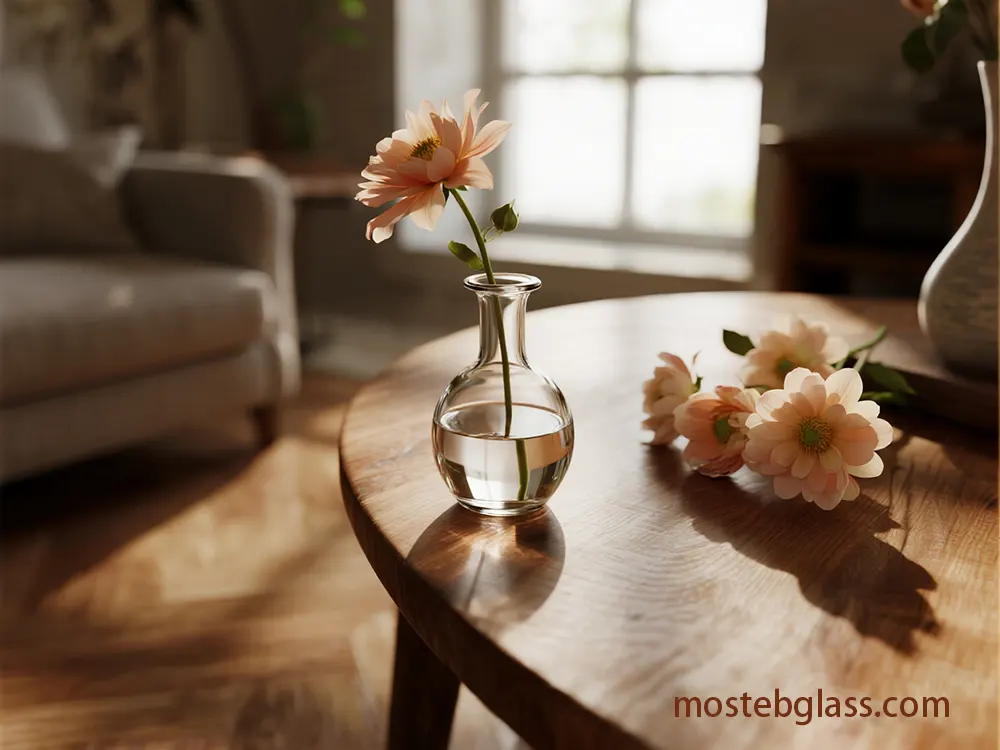
Europe Glass reuses into awareness and subsidiary government policies, resulting in high container glass recycling rates, stable at 74% in European Union -28. The European Union’s circular economy is a comprehensive framework for maximizing package resource efficiency.
EPR scheme vary in effectiveness member states, forming a fragmented regulatory landscape.High energy cost is an ongoing industry challenge.
Opportunities:
Strong regulator push from the European Union’s green deals runs low carbon production innovation and increased quail use.Germany and France, with individual collection currents, produce high-quality Cullets for remanufacturing. This local closed-loop recycling and advanced pruning technology creates opportunities for investment. The “fake of the future” project gives an example of a large -scale hybrid electric commitment to melting.
8.2. North America: Rising awareness and investment
- Consumer environmental awareness increases in the North American market, demanding driving for durable home decoration. Nevertheless, U.S. And the UK recycling infrastructure often depends on the co-mingle collection, the yield of the low quail suitable for direct revival than Europe. Co-Mingal Collection limits the cutlet quality and volume for high-value applications.
- Important government incentives (U.S. DOE funding, reduction in inflation act) inspires investment in clean manufacturing technologies including electric melting and advanced content development. This creates opportunities for glass vase manufacturers to advance features, reduce carbon footprints and take advantage of federal support. Increasing consumer demand for sustainable products also provides a strong market bridge. 8.3. Asia-Pacific: High Development Ability and Circular Economy Initiative
- Add magnetic off, custom molding, and complex details to cost. Circular economy implementation faces obstacles such as changing patterns of consumption and implementing waste management/environmental rules. In China, fossil fuel combustion CO2 emissions 67.79% account for glass production, indicating large capacity, but also a sufficient challenge for the decrease.
- Rapid economic development of the region and large consumer base circular economy offer important opportunities to adopt economy principles. Initiatives like “Circulatory One” emphasizes on reducing waste, reducing energy and maximizing resource efficiency. Reserve leadership by improving products for resource efficiency such as Unilever and applying innovative packaging perform leadership.This glass manufacture indicates strong potential for similar circular economy models, including local production and waste-to-value changes. Through resource efficiency, cost savings can run further adoption. 8.4. Emerging economies: leapphrouting for sustainable practices
Despite the challenges of infrastructure/investment, emerging economies, traditional linear production models, can “leapfrog”, which directly adopt sustainable manufacturing. This can be smooth by international cooperation, technology transfer and investment of targeted green infrastructure.
Limited access to advanced green technologies, strong recycling infrastructure deficiency, and potentially weak regulatory enforcement.
- Opportunity: Ability to install new, highly efficient, durable glass manufacturing facilities from the beginning. Cheap, yet durable demand, products can run innovation in low -cost green solutions.
- Overall, regional mobility highlights a global change towards stability with different motion and perspectives. Glass flower vase manufacturers have strategic opportunities for stability efforts for regional contexts for regional references, take advantage of local incentives, face challenges, and consumer and capitalize on developing preferences. 9. Strategic recommendations for sustainable development and competitive advantage
- To navigate the stability landscape and secure long -term competitive advantage, glass flower vase manufacturer, designer, retailers and policy makers must adopt a multidimensional strategic approach. Mostb brands, and other, can lead to these recommendations in operation and lead. 9.1. To speed up technical adoption and innovation
Invest in advanced furnace technologies:
prioritize investment in hybrid electric furnaces and, where possible, all-electric melting, operated by renewable energy. Siddha carbon decrease (eg, Aradag’s next furnace gains 64% decrease) and energy efficiency benefits are important. Fuel switching for green hydrogen and advanced oxy-fuel combustion.
Develop and use low-carbon glass compositions:
actively research and integrate novel glass compositions like Lynglass, offer significantly low melting temperature and reduce energy consumption. Attach with physicists to develop new yogas that maximize recycled materials.
Apply digital twin and AI for process optimization:
deploy A-Nhens Digital Twin techniques throughout the production life cycle. This enables real -time monitoring, future -saying maintenance, and landscape simulation to optimize energy, reduce waste and improve product quality. AI and machine learning for increased efficiency and decrease in defects.
- A range of conventional hues (gold, silver, black, white) in steel, remarkable-gloss, or matte finishes offers a pleasant finished appearance. Frosted glass is a sophisticated splendor. Check 3D printing for complex vase designs, reducing material waste and providing maximum design flexibility.
- 9.2. Embrace circular economy principles Maximum Cullet Uses:
Increase recycled glass in vase production. This requires advanced sorting and investment in cleaning technologies to process various types of streams.
Strengthen recycling infrastructure:
- A range of conventional hues (gold, silver, black, white) in steel, remarkable-gloss, or matte finishes offers a pleasant finished appearance. Frosted glass is a sophisticated splendor. Design for circular:
- 9.2. Embrace circular economy principles developing and promoting closed-loop recycling programs, potentially offering consumers to encourage old glass vases.
9.3. Increase supply chain transparency and moral sourcing
Apply strong traceability systems:
- A range of conventional hues (gold, silver, black, white) in steel, remarkable-gloss, or matte finishes offers a pleasant finished appearance. Frosted glass is a sophisticated splendor. Foster Ethical Suppliers Relationship:
- 9.2. Embrace circular economy principles Get and promote certificate:
Find and display relevant stability/moral certificates to create consumer trusts and validate claims.
Combat Greenwashing:
- A range of conventional hues (gold, silver, black, white) in steel, remarkable-gloss, or matte finishes offers a pleasant finished appearance. Frosted glass is a sophisticated splendor. 9.4. Capitalization on rising consumer demand
- Markets permanent products effectively: clearly transmit durable glass vase benefits, recycled materials, low carbon production and moral sourcing. Emphasize unique beauty properties of recycled glass.
Target environment-conscious segments:
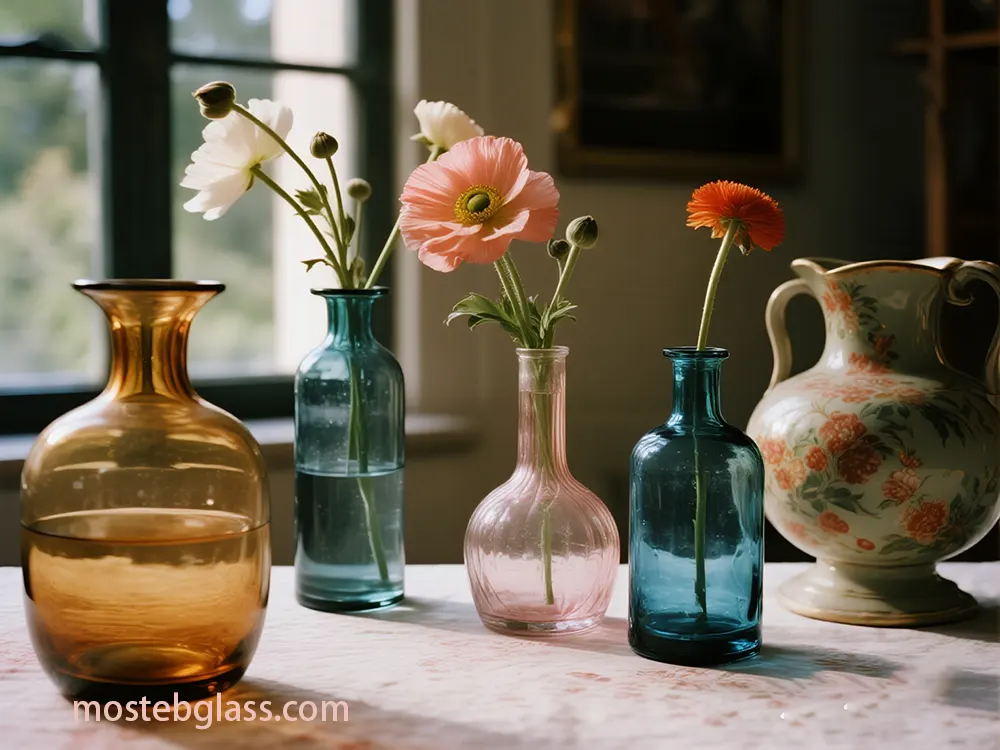
developing marketing strategies for environment-conscious consumers, especially ready to pay more for permanent products in Asia-Pacific and North American markets.
Leverage e-commerce and social media:
Use digital platforms to demonstrate durable product lines, share transparency data and attach to consumers on stability initiatives.
- Provide variety of durable options: Give variety of permanent glass flower vases for catering for various market segments, from large -scale recycled options to artisans, morally handled pieces.
- 9.5. Regulatory bodies and leverage engaged with encouragement Active policy engagement:
- Actively participate in industry associations to influence policy and ensure practical, supporting rules for permanent transition. Use government incentives:
- Green technology makes complete research and apply for government grants, tax credit and funding available to offset investment costs. Advocate for harmonious regulations:
EPR plans for a level playground and support for cohesion of EPR plans and environmental regulations in areas.
- 9.6. Foster cooperation and knowledge sharing Industry Partnership:
- Cooperate with other glass manufacturers, technology providers and research institutes to accelerate permanent innovation development and adoption. Cross-sector cooperation:
- Attach waste management with waste management companies, energy providers and logistics partners to optimize resource flow and reduce environmental effects. Educational Research:
- Investment costs are about 20% of overall costs over a plant’s life cycle, with disposal/recycling, equipment/resources, and electricity being major contributors. 10. Conclusion and future approach
Stability complex in glass flower vase manufacturing is yet mandatory. The industry is at a significant turn, inspired by a powerful change in environmental concerns, stringent rules and consumer preferences. The current scenario characteristic of high energy intensity and virgin material dependence is rapidly changing through technological innovations. Low-carbon glass compositions such as advanced electric/hybrid melting furnaces and lionglasses are paving the way for significant carbon emissions and reduction in energy consumption. Increased integration of digital twin technology and AI promises unprecedented process adaptation, resource efficiency and waste deficiency.
- Further, the glass flower vase manufacturing will be defined by a deep commitment to circular economy principles. This involves maximum Cullet use, developing strong recycling infrastructure and designing products for underlying recycling and reuse. Emphasizing social stability, moral sourcing, fair labor and supply chain transparency, the brand will continue to gain prominence by becoming a non-conversion aspect of the integrity and consumer trust. Regional dynamics will continue to shape the approaches, leading Europe’s rules/recycling, North America intensified Green Tech investments, and offered the Asia-Pacific huge circular economy development potential. The Mosteb brand, and the entire industry, should continuously embrace these trends. Constant innovation in materials/procedures, strategic green tech investment, strong moral sourcing and transparent consumer communication will be paramount. Glass flower vases in association with price chain and policy makers will be required to create a really durable, competitive global market. The trajectory is clear: a future where beautiful design and environmental responsibility is unwavering attached to businesses and planets.
- Wholesale Diffuser Bottles Wholesale Glass Vases
- Latest Insights Glass Vases for Decoration: Impact on Retail Display and Brand Image
- Case Study: Overcoming Challenges in Large Glass Diffuser Bottles Manufacturing Custom Glass Christmas Ornaments – Driving Brand Differentiation in Seasonal Markets
Customization in Glass Ornaments: Unlocking Opportunities for Differentiated Branding
- Case Study: Custom Glass Unique Diffuser Bottles Manufacturing for a Spain Brand Large Diffuser Bottles: Redefining Luxury Home Fragrance Packaging
- Comment Submit your opinion
- get a free quote Complete our quote request form or email us at
- to receive a customized quote from our product specialists. Company
Phone/Whatsapp
- Select a product glass candle jars
- Reed Diffuser Bottle glass vases
- Quantity contact our Product Expert
Send us a message freely if you have any questions. We’ll get back to you within 30 minutes via email at
- , and we’ll adhere to the privacy policy to protect your information. full name
- email adress Please provide us with the capacity, shape, color, and quantity of the glass containers you require. Alsoplease feel free to share any other details or specific requirements to help us better understand yourproject.
- Tell us your requirements, such as capacity, quantity, customization, etc. Support and attach with academic research in novel glass materials, advanced recycling, and life cycle evaluation to run continuous improvement.
Quantity
Stability complex in glass flower vase manufacturing is yet mandatory. The industry is at a significant turn, inspired by a powerful change in environmental concerns, stringent rules and consumer preferences. The current scenario characteristic of high energy intensity and virgin material dependence is rapidly changing through technological innovations. Low-carbon glass compositions such as advanced electric/hybrid melting furnaces and lionglasses are paving the way for significant carbon emissions and reduction in energy consumption. Increased integration of digital twin technology and AI promises unprecedented process adaptation, resource efficiency and waste deficiency.
Further, the glass flower vase manufacturing will be defined by a deep commitment to circular economy principles. This involves maximum Cullet use, developing strong recycling infrastructure and designing products for underlying recycling and reuse. Emphasizing social stability, moral sourcing, fair labor and supply chain transparency, the brand will continue to gain prominence by becoming a non-conversion aspect of the integrity and consumer trust. Regional dynamics will continue to shape the approaches, leading Europe’s rules/recycling, North America intensified Green Tech investments, and offered the Asia-Pacific huge circular economy development potential.
The Mosteb brand, and the entire industry, should continuously embrace these trends. Constant innovation in materials/procedures, strategic green tech investment, strong moral sourcing and transparent consumer communication will be paramount. Glass flower vases in association with price chain and policy makers will be required to create a really durable, competitive global market. The trajectory is clear: a future where beautiful design and environmental responsibility is unwavering attached to businesses and planets.




